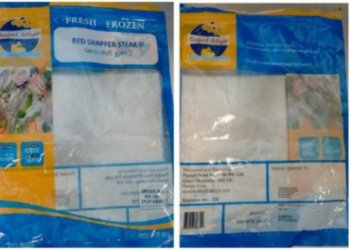Get ready to see the word “harvest” everywhere as a new wave of health terms takes over the snack aisle. | Pringles.com
The brands are reinventing marketing terms again
This post originally appeared in the January 21, 2023 edition of Weekend Extra, a place for the freshest news from the food world. Subscribe now.
Jargon alert! Every few years, marketing specialists come up with a new word to slap on processed snacks to try to make you forget whatever you’re eating did not come to you straight from a farm. For a while, it was “natural” and other riffs on nature. Then, it was “artisan.” Homemade became “chef-made” became “chef-created” and other undefinable euphemisms. And it turns out “prebiotics” doesn’t really mean anything. Now we’re noticing a new term trying to conjure images of health and prosperity: “harvest.”
One of my colleagues noticed it on a new line of Pringles, which combines a number of healthy-seeming vocabulary words: The “harvest blends” are apparently made with “multigrains,” and come in flavors like “homestyle” ranch and “farmhouse” cheddar. But there are plenty more instances of the marketing technique, whether it’s Harvest cheddar Sun Chips, Daily Harvest meals, or the Half-Baked Harvest recipe blog. Yoplait, at some point, also started calling its peach yogurt “harvest peach,” unless a harvest peach is somehow different from a peach and they are in fact two separate flavors.
Swapping in a new, health-evoking word for an old one isn’t novel, but it seems each time this happens, we get further away from any concrete references. “Natural” makes sense as an opposing force to artificial, even though natural and artificial flavors are not that different. “Artisan” and “homemade” sound like small-scale operations, not anything produced by the international food manufacturing company Kellanova. “Harvest” certainly evokes farming, but you don’t harvest ranch dressing or cheddar. The corn flour and dried potatoes used to make Pringles were certainly harvested at some point.
The prevalence of “harvest” is a good reminder of what Jacob Gersen, the director of Harvard Law School’s Food Law Lab, told the New Yorker: “Traditionally, private market gets the front of the package, and government gets the back.” Brands can put basically whatever they want on their packaging, as long as they’re not wildly misleading the customer. But the ingredient list on Pringles’s “harvest blends” shows they mostly just have more corn flour and less potato than regular ranch Pringles. Maybe “harvest” means corn.















